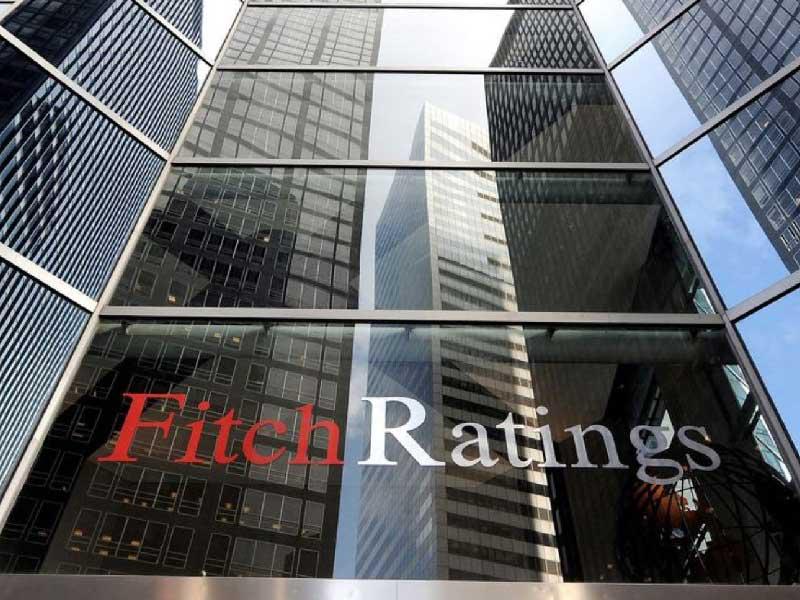The credit rating agency “Fitch” downgraded Kuwait’s sovereign credit rating from “AA” to “-AA”, with the future outlook changed from negative to stable, pointing out that this reflects the ongoing political restrictions on decision-making, which impede addressing the issue; structural challenges related to oil dependence, the generous welfare state, and its large public sector.
In a statement to Al-Jarida Fitch stated there is a lack of basic and serious financial correction to the recent oil price shocks, indicating that the prospects for reform are still weak despite some recent positive political developments such as the national dialogue, “as the public debt law is expected to be passed during 2022.”
The rating agency stated that Kuwait continues to fulfill its obligations even in the absence of “public debt,” stressing that the government will rely on the assets of the General Reserve Fund to meet its total financing needs.
While the sources pointed out that the government had proposed a law allowing to benefit from the income of its investments realized in the Future Generations Reserve Fund, according to an annual ceiling and certain criteria that have not yet been finalized.
The sources added the government cannot currently directly access the assets of that fund without the approval of the National Assembly.
However, the internal and external financial conditions in Kuwait are among the strongest countries classified by Fitch, despite the sharp fluctuations in oil prices since 2014 and the recurring political stalemate.
The agency forecast that the net foreign sovereign assets managed by the Kuwait Investment Authority will reach 500% of GDP, the highest among all the agency’s rating countries, and ten times the average of its AA peers.
Sourced said the ratio of government debt to GDP is very low, and it is expected that it will decrease to 10% of this output in fiscal 2021/2022, and rise to 50% in the medium term.

